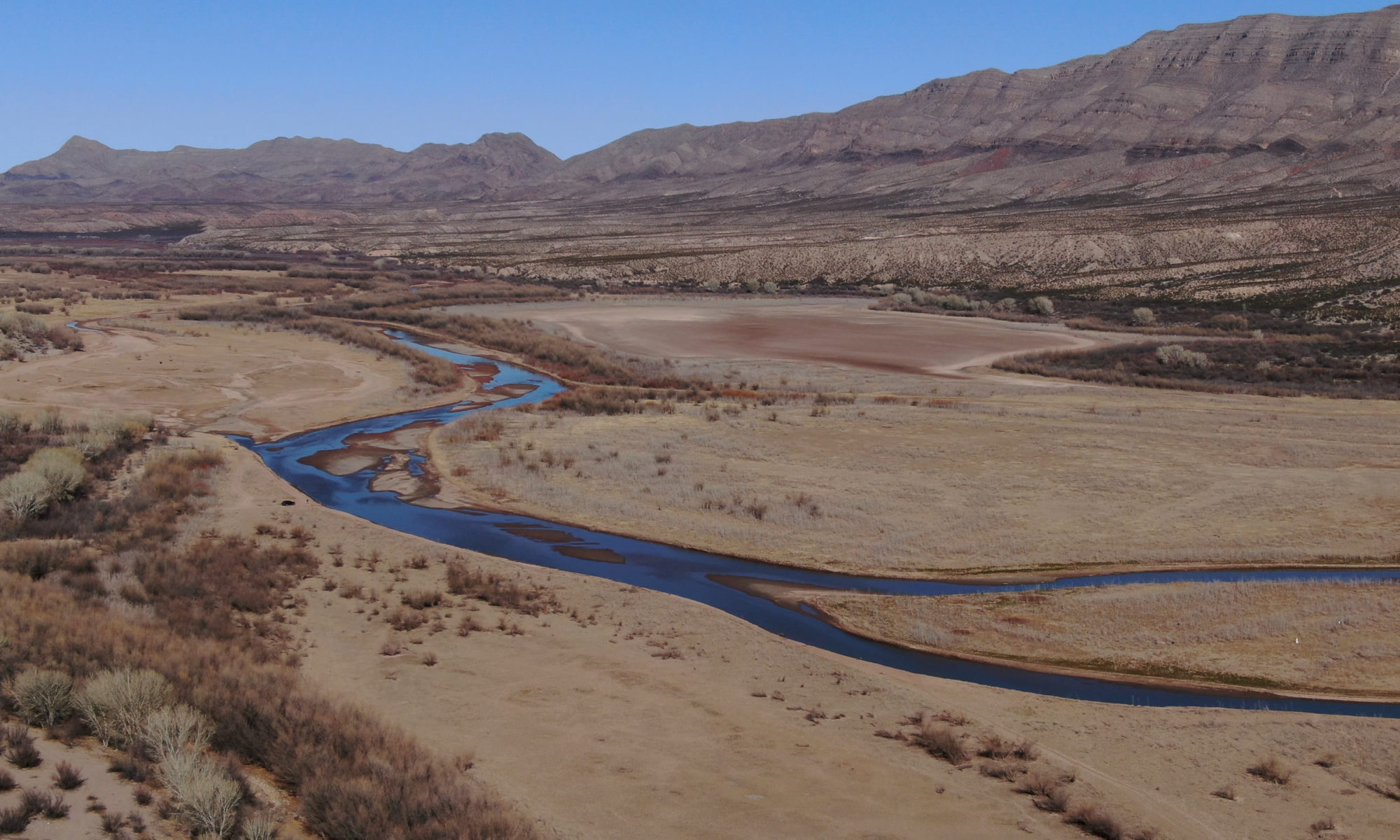The Río Grande emerges from the high snowfields of the San Juan Mountains of the Colorado Rockies. For the first 20 miles it is crystalline and free flowing. But from there, it is one of the most controlled and heavily adjudicated bodies of water in the U.S.; an irrigation system regulated by treaties, state compacts and water rights dating to the mid-1800s. Until it reaches the Gulf of Mexico at Brownsville, TX more than 1,800 miles away, dams, levees and irrigation diversions account for every drop. Its basin spans three U.S. states and five Mexican states – Colorado, New Mexico and Texas in the U.S. and Durango, Chihuahua, Coahuila, Nuevo León and Tamaulipas in Mexico.
Requiem for a River captures the unique physical, cultural and spiritual bond between the Rio Grande and residents of the region. We see Cochiti elders growing corn for ceremonial purposes; we see an annual community ceremony for blessing the acequias that incorporates both indigenous and Catholic elements; we see acequias in operation and hear from an elderly man who still subsistence-farms the same patch of land settled by his Spanish forebears before the United States existed. By giving a platform to such a wide cast of characters representing every corner of New Mexican culture, Requiem for a River challenges monolithic notions of what it means to be American — historically, ethnically, linguistically — at a time when such definitions are too often flattened and our discourse polarized.

Despite being overused and under-valued, it is a waterway of grandeur, beauty and consequence; carving towering canyons, flowing through lush national forests, desert landscapes, floodplains, and urban metropolis. It is the primary source of water to millions of city dwellers, a vital refuge for birds, irrigates hundreds of acres of crops and orchards and is the ancestral home of the Pueblo Indians. It feeds a vast corner of the continent and is a critical watershed connecting interdependent ecosystems, cultures, traditions and nations.

